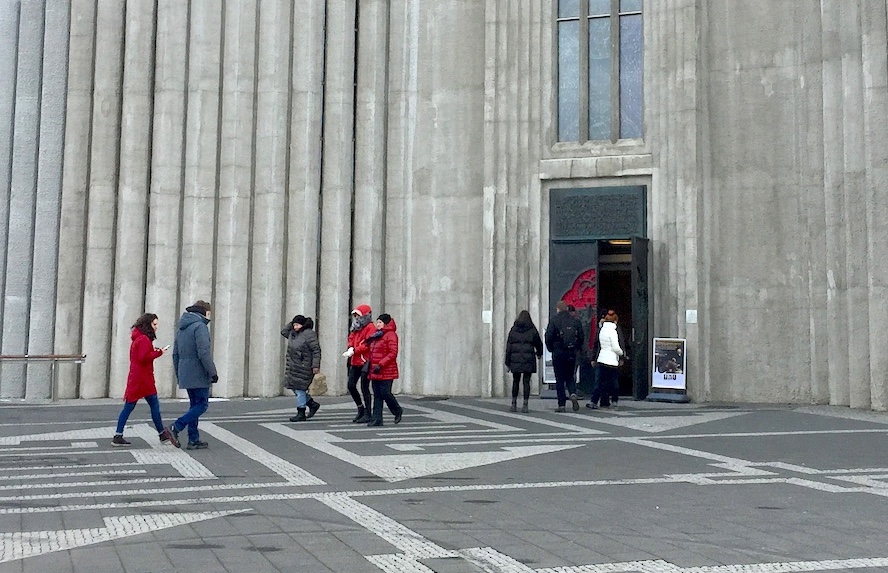
Í anddyrinu / Antechamber
Í anddyrinu / Antechamber
Í anddyrinu / Gathering
Hallgrímskirkja church, 6th of March till 24th of May 2020.
List of works:
Tvær steindir (hrafn og silfur) / Two Minerals, blýantsteikning / graphite on paper, 2020 (drawing of two rocks).
Stundarteikning / Life drawing, 1994 (drawing of piglets).
Maíganga / A walk in May, silkiprentað bókverk / silk screened artist book, 2019 (four cmyk colors).
Nýjar teikningar fyrir Alþýðuhúsið, I og II (H.H.) / New drawings for the communal house, I and II (H.H.), blýantsteikning/graphite on paper, 2018 (drawings of flags).
Nafnlaust verk / Untitled work, blýantsteikning/graphite on paper, 2018 (drawing of hands).
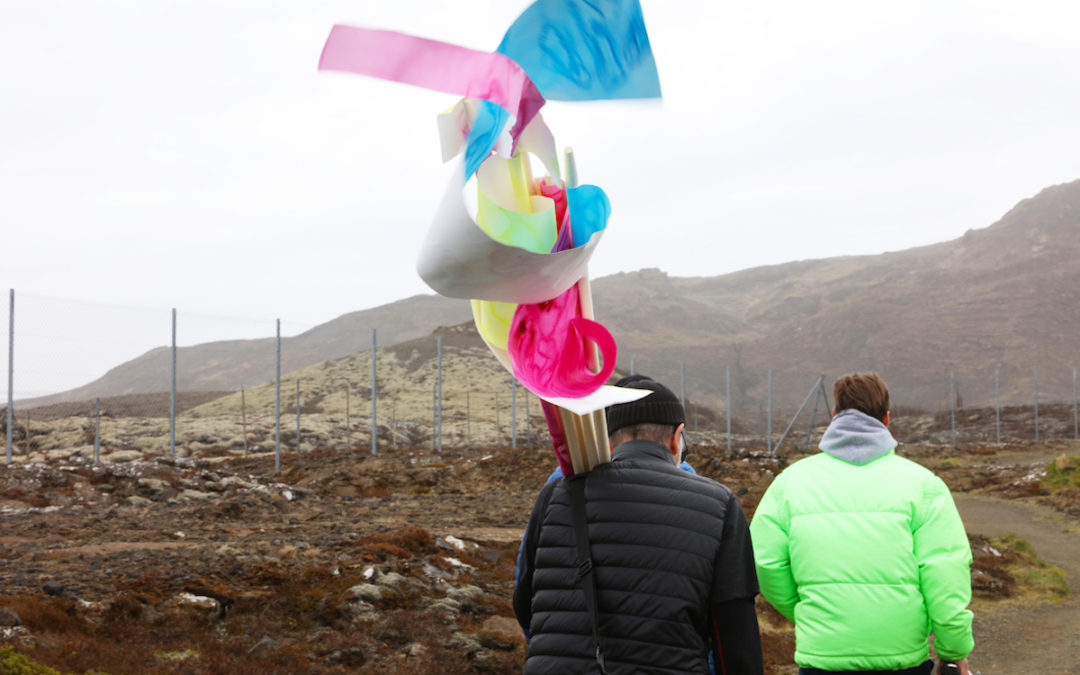
Maíganga / A Walk in May
Maíganga / A Walk in May
Performed in May 2018.
A performance, installation and sound piece on sensing and interacting on ones immediate environment; the effect of paper as material, color and sound and the relation between socio-political engagement, spirituality and nature, architecture and non-architecture. In a triangulation between the Theosophical Society in Reykjavik, Andrými – a radical social space, and Mt.Helgafell the paper and color play an active role as a combining agent for all three scenes together with the choir.
The work was composed for The Icelandic Sound Poetry Choir, a sound and performance choir in Reykjavik that is made up of a community of artists and friends and conducted by composer Pétur Eggertsson. The video and sound documentation and the flags are part of the Living Art Museum Collection.
Maður og náttúra eða andlegt og veraldlegt er hér stillt upp sem samstæðum en ekki andstæðum, straumum sem ferðast samhliða með snertiflötum og samverkandi þáttum.
Verkið byggir á hlustun og svörun, hlustun á manngert rými, efnisheiminn eða umhverfið og hlustun á því rými sem er innra með hverjum og einum. Fánarnir endurspegla þetta ferli, þeir eru úr papppír og vatnslit sem er á sífelldri hreyfingu og efnislegri umbreytingu með umhverfinu. Litirnir hafa sömuleiðis áhrif en þeir sýna grunnlitirna í prenti.

Speglun / Reflection
Speglun / Reflection
Works for the Sequences IX biennial in Marshall House Reykjavik, 2019. www.sequences.is
Drawings on paper, titles: Reflection, Untitled (vaporized), Found drawing (visitor).
Text by philosopher Valur Brynjar Antonsson:
Consider yourself in front of the mirror. Countless moments you’ve stood in front of the mirror.
Disheveled clothes. Different states of your naked self. Diverse moods. Your hair in various states of
disarray. Consider other people. Disinterested smiles. Interrogative gazes. In front of this mirror in
February 1907. On a Monday in 1989. November 2016. Consider each human. A sense of falling apart.
All our movements in order to regain composure. A meeting between entropy and order, an experience
of time that cannot be clocked, a distinctly human sense of self.
Karlotta Blöndal’s contribution to the 2019 Sequences Biennial is a multilayered study on time from a
perspective that might be considered unexpected in a digitized paradigm, but one that relates some of
the core questions of an alternate take on our future: that of the postdigital age. The deeper humans and
machines become enmeshed, the more a perennial question arises: Is there such a ‘thing’ as distinctly
felt experience of human time? For the study, Blöndal chooses a portrait of a well-known medium,
intimately, perhaps the best-known medium: the mirror. A companion that rarely draws attention to itself
in-itself, the mirror often serves as the perfect ideal of objective representation. But through a series of
regressive abstractions, Blöndal draws something that approximates the specular in-itself, layers upon
layers of human movement in front of the mirror, what remains when every objective feature of the
human body has been eliminated.
Since classical antiquity, Western thinkers such as Parmenides and Heraclitus have debated on the
nature of time; whether it’s sequential, merely an illusion, or something akin to a flowing river. In the East,
such questions formed the initiation ground for the way of the enlightened ones. Today, in our age of
digitized screens, the question might seem to have been settled: Time is merely sequential, an interplay
of zeroes and ones. But something remains, doesn’t it? this is what Karlotta Blöndal is orientating our
gaze towards: Something specular that leaves a negative imprint on the very medium that was meant to
capture our selves.
Photos: Leifur Wilberg Orrason
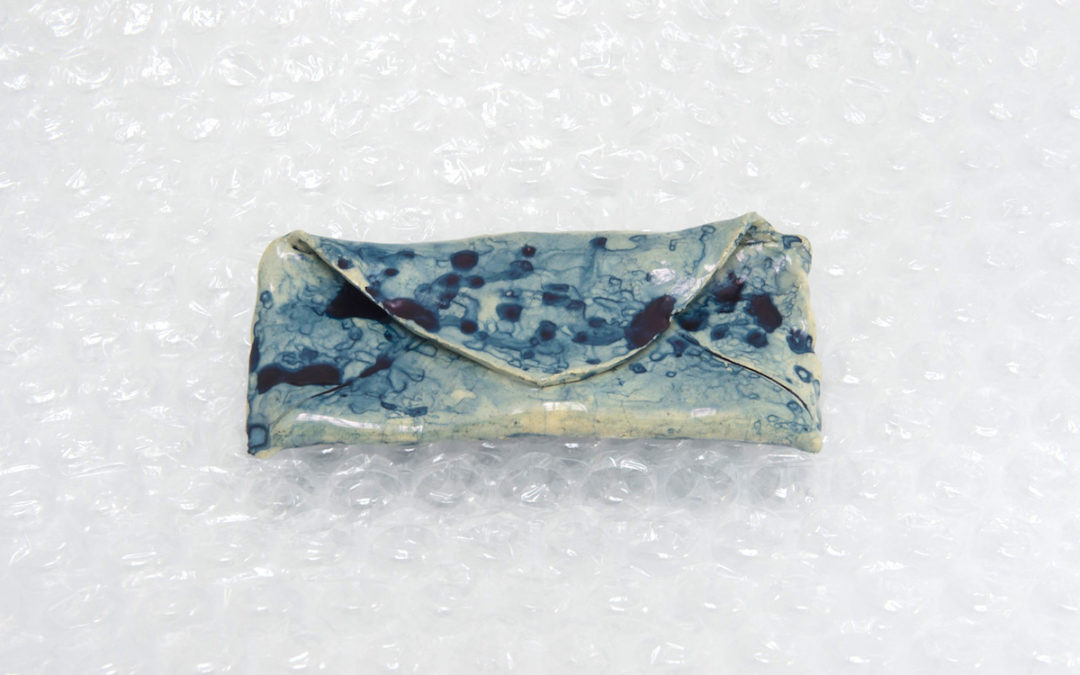
Ofið / Woven
Ofið / Woven
Research residency in Banff Art Centre Canada, 2018 and Veröld – House of Vigdís, University of Iceland in 2019.
On the connection between art and permaculture.
The starting point or „transfer object“ was a photograph of a woven basket from mid 17th century made by Fjalla-Eyvindur, a well known outlaw in the highlands of Iceland who was also known for his crafts.
Materials used: Bronz casting, roots of a Rose bush from the medical garden near by, copper wire, Sweetgrass from the shop, clay painted with watercolor and graphite, raku fired clay, watercolor on Yupo paper, hand made paper, digital print, drawing and photography.
The work was exhibited in Veröld – House of Vigdís, University of Iceland in 2019, in the group show Transitions together with Anna Þorvaldsdóttir composer, Unnar Örn, Olivia Plender, Kristin Ómardóttir writer and Ragnar Kjartansson.




















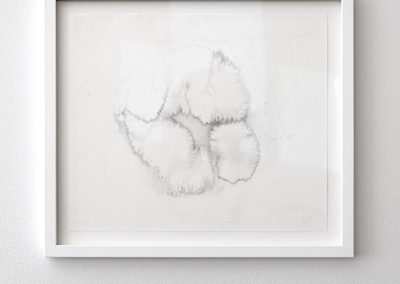
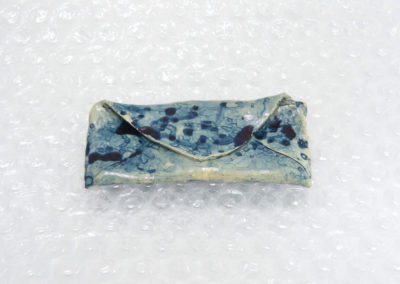
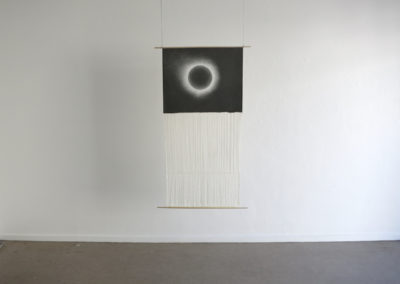
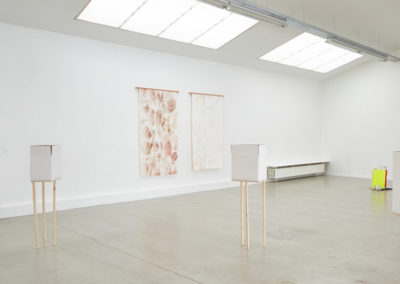

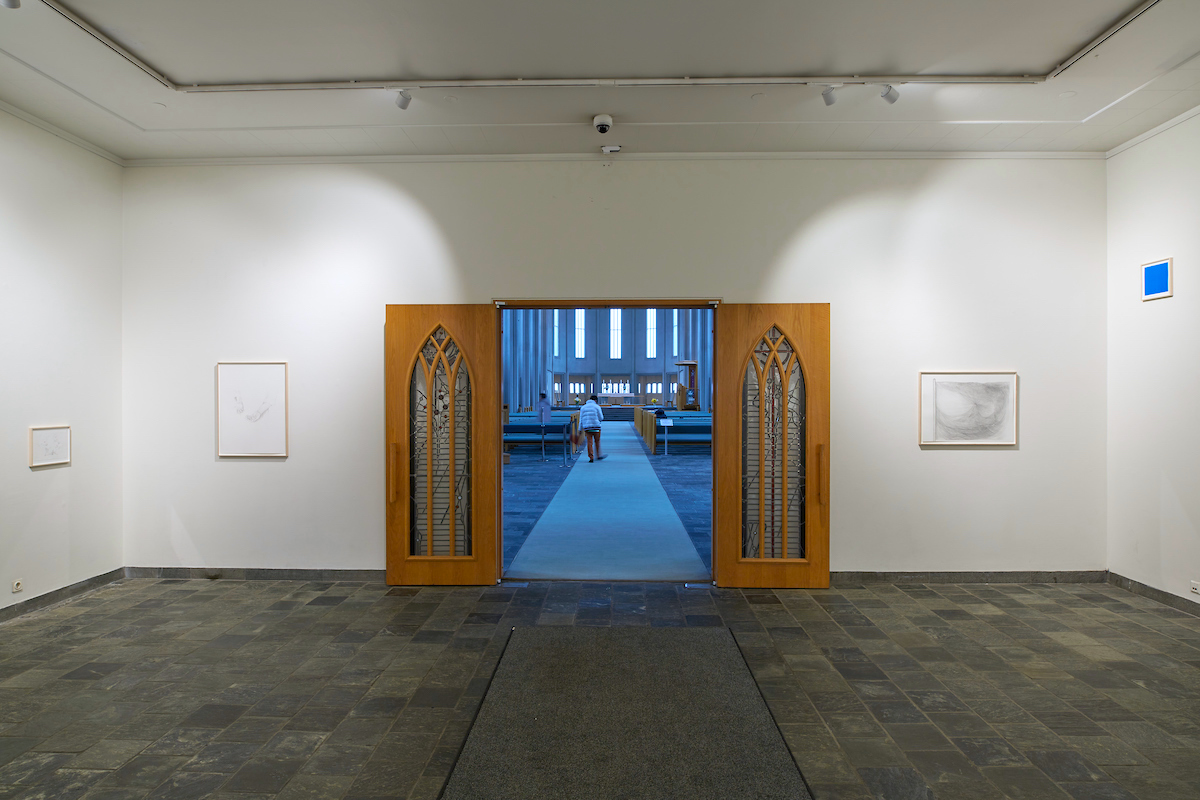
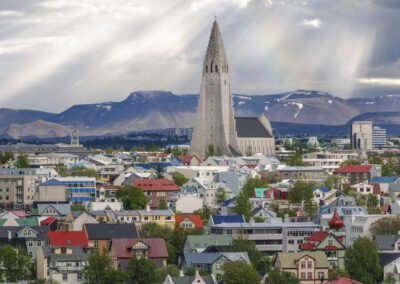


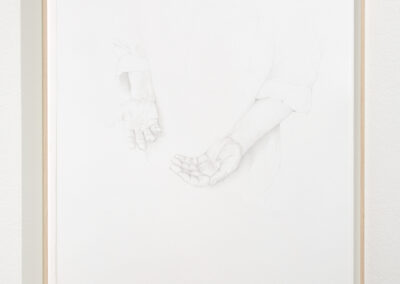
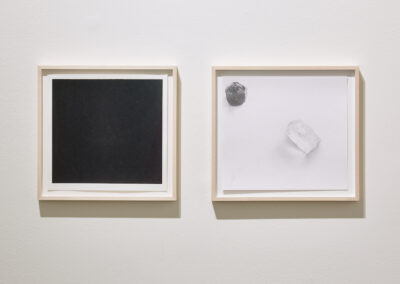
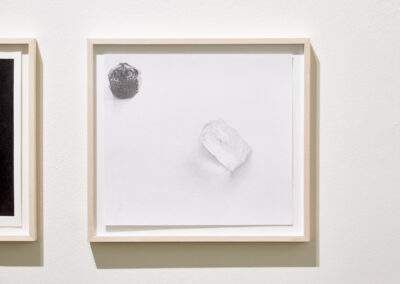

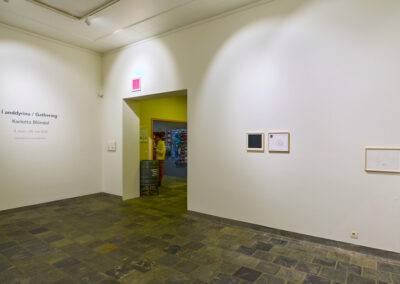





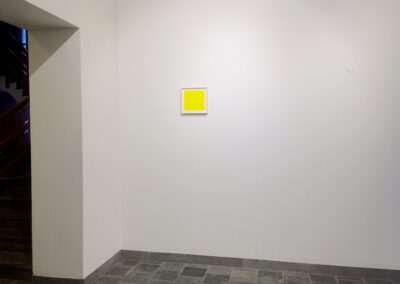

















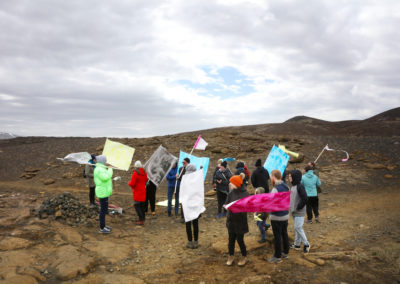
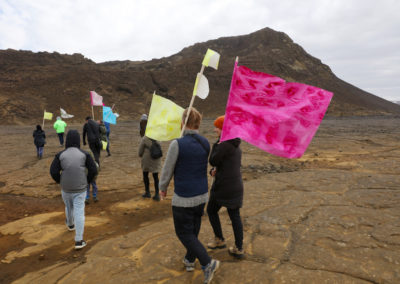
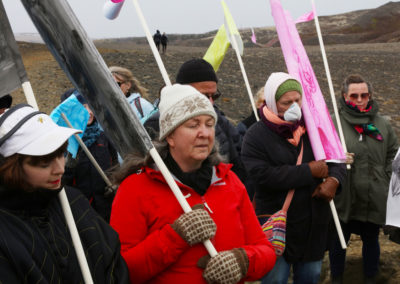
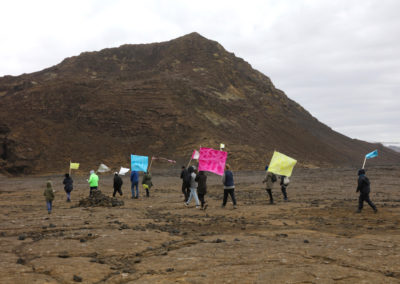
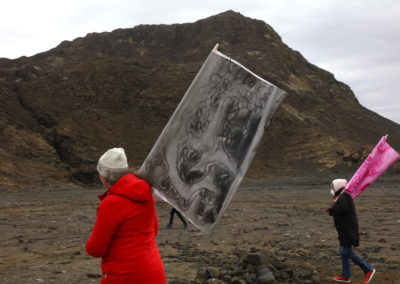

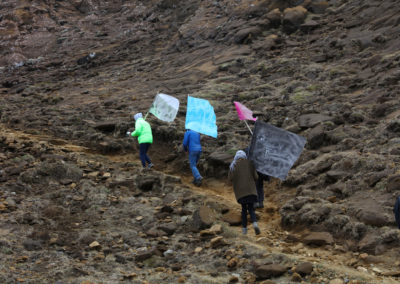
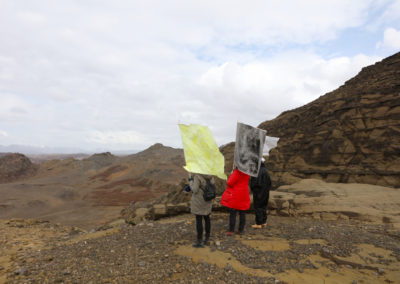
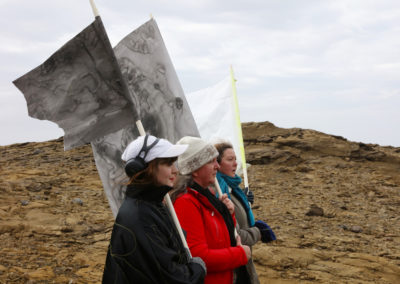
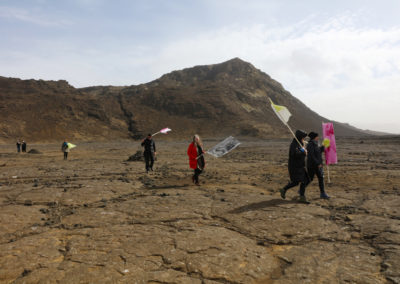
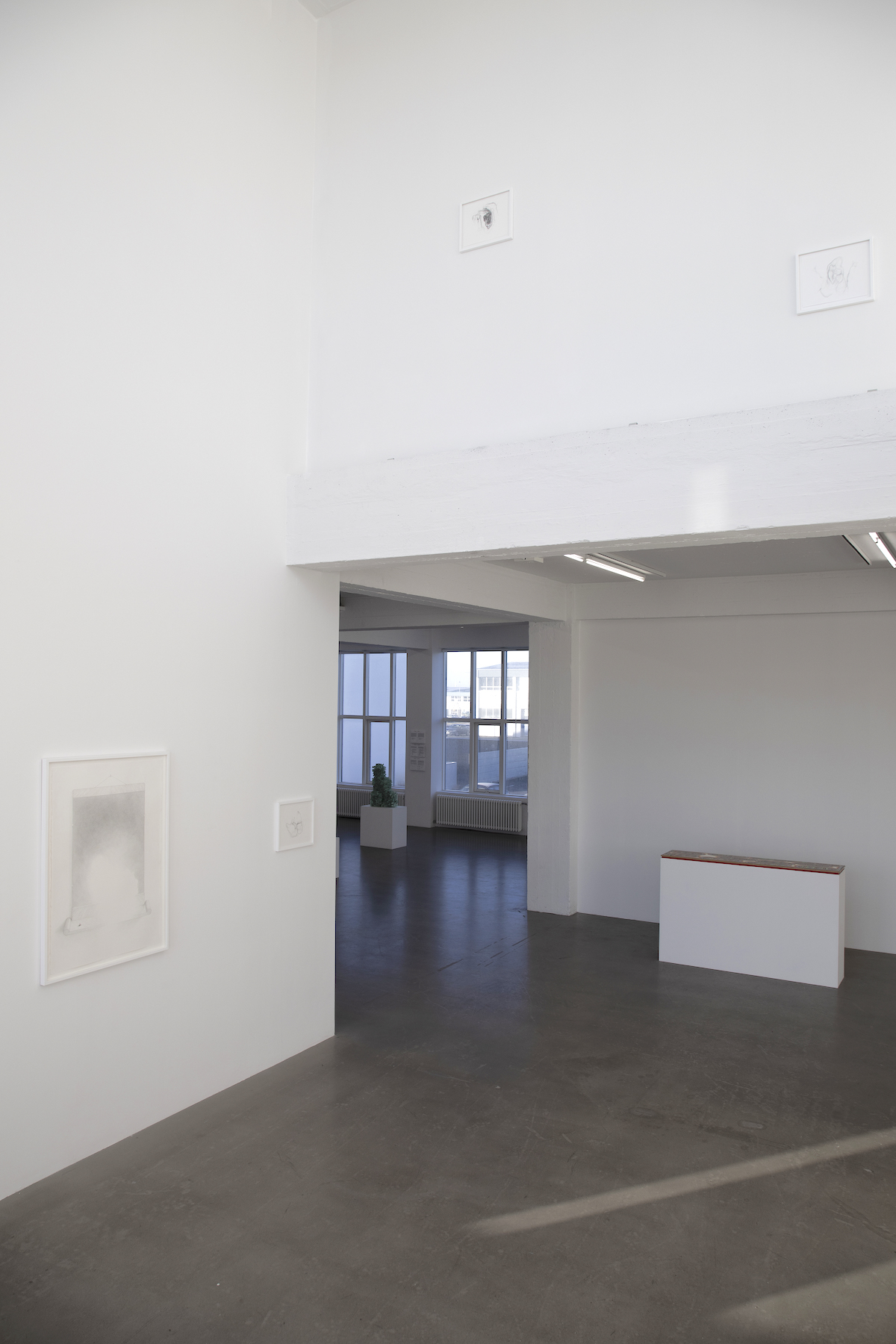
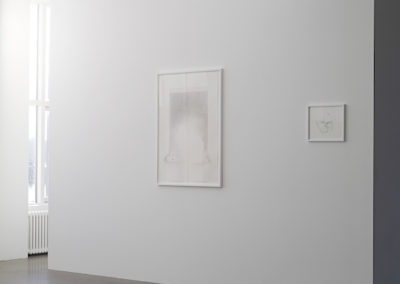






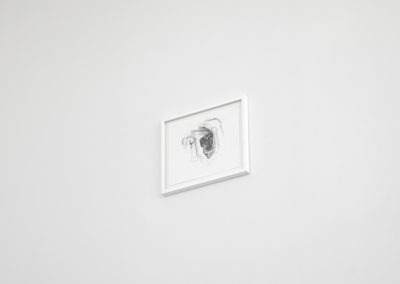


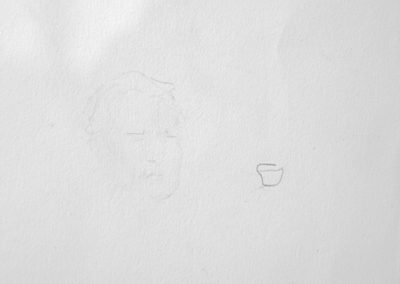
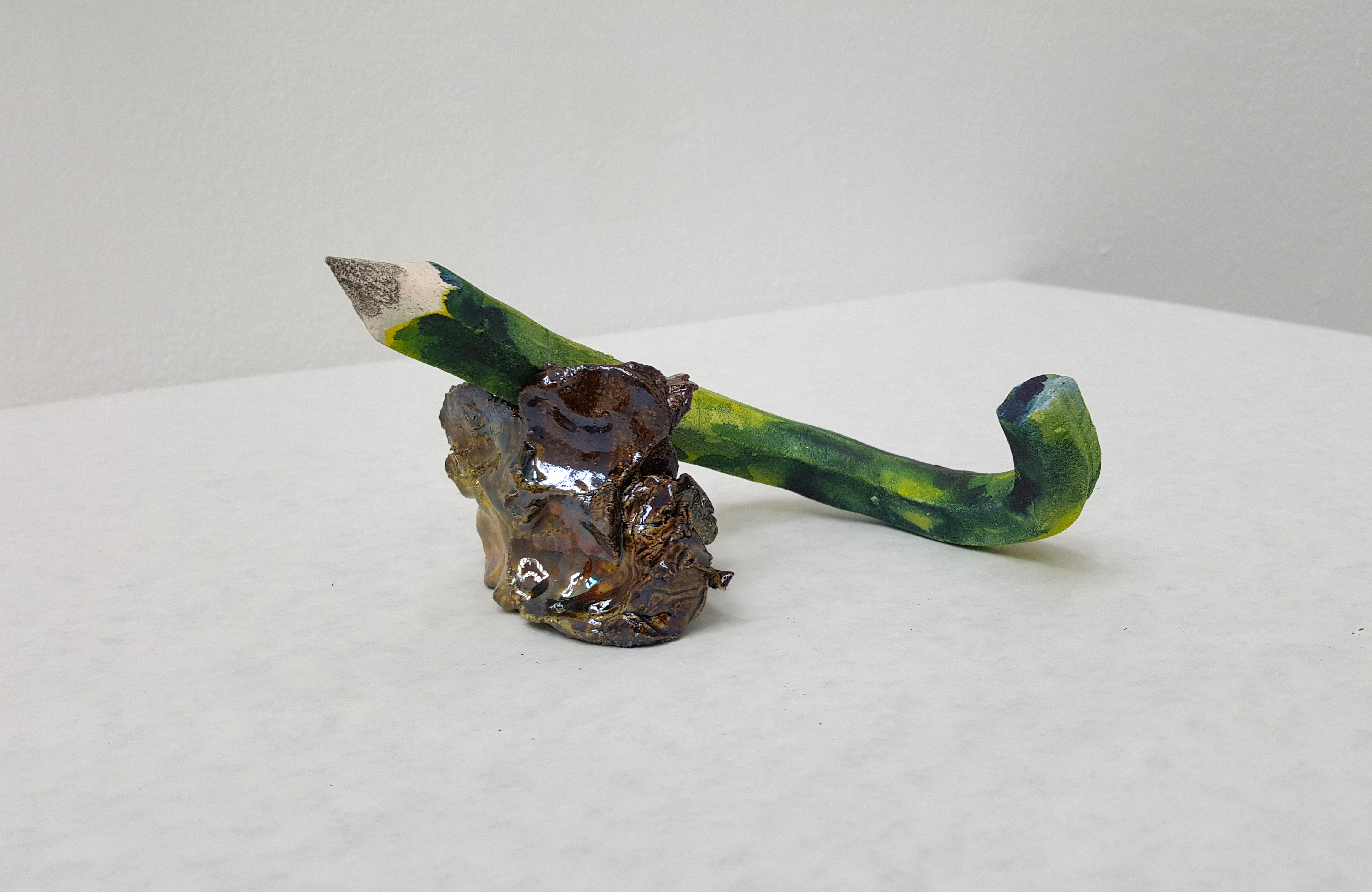


















Nýlegar athugasemdir